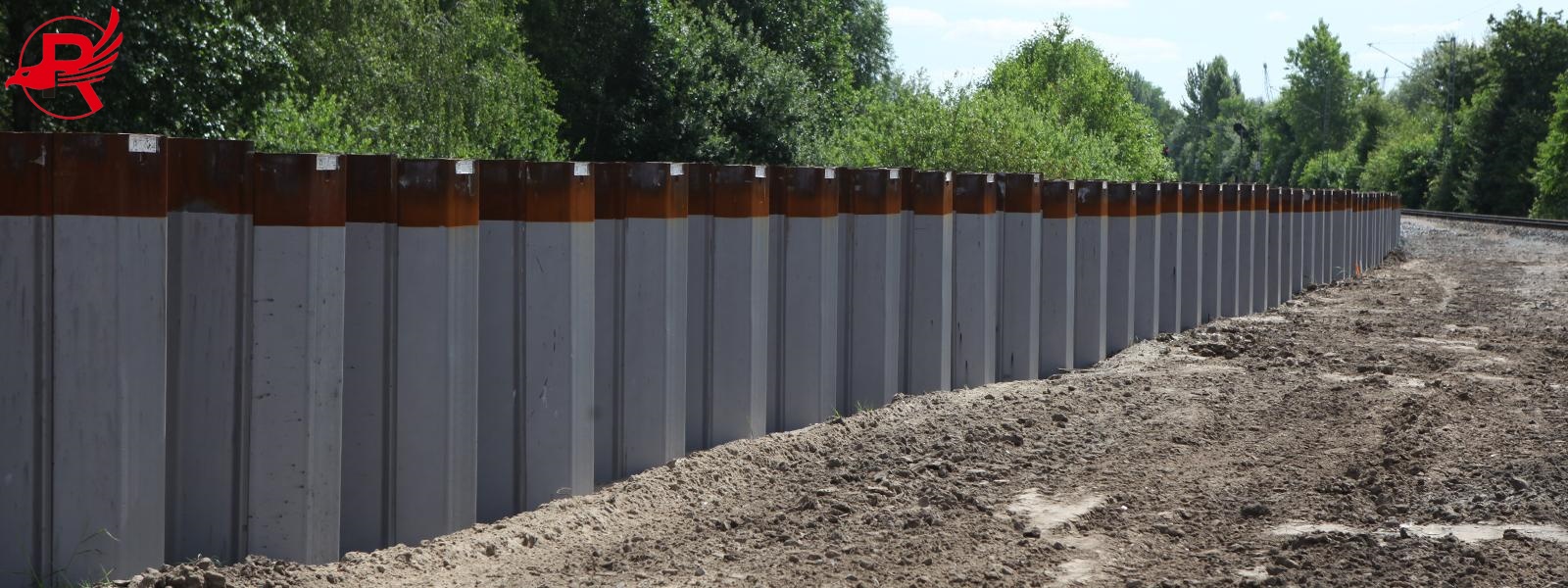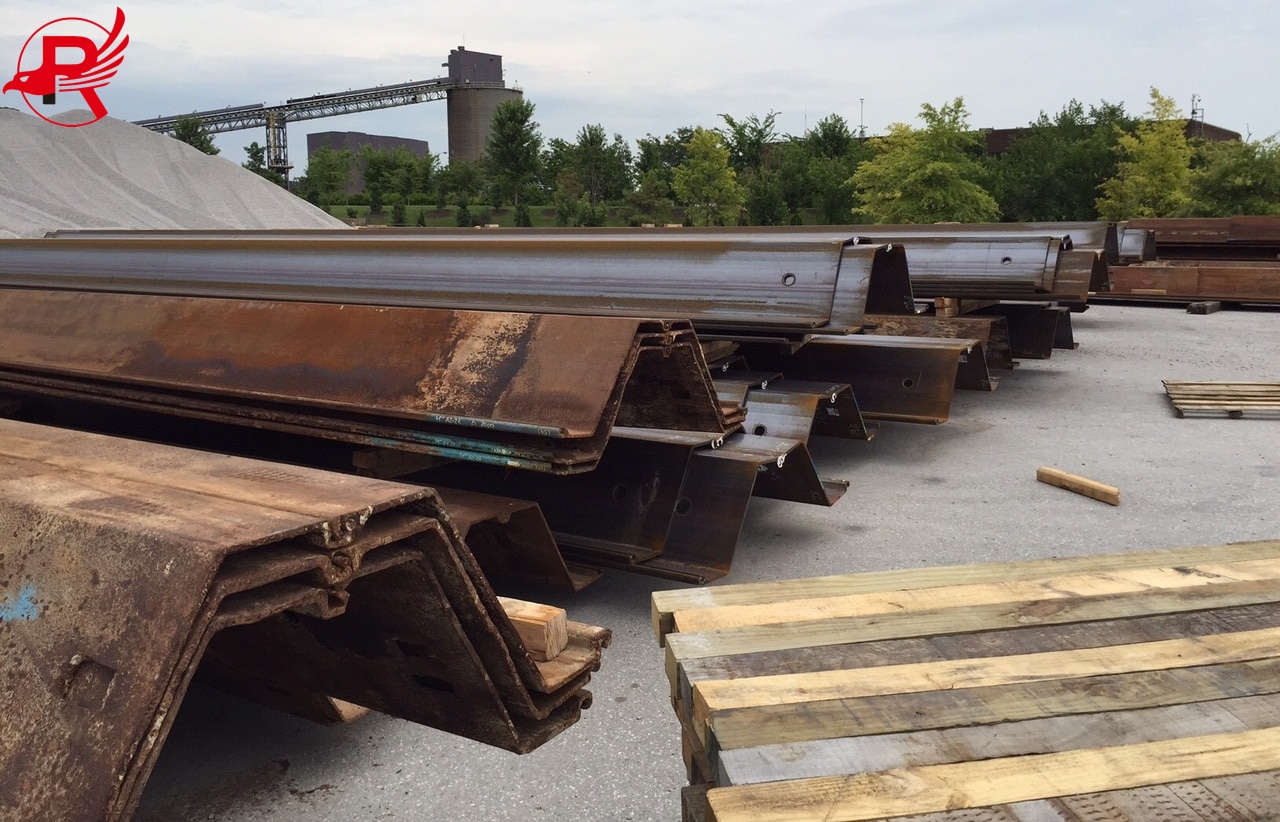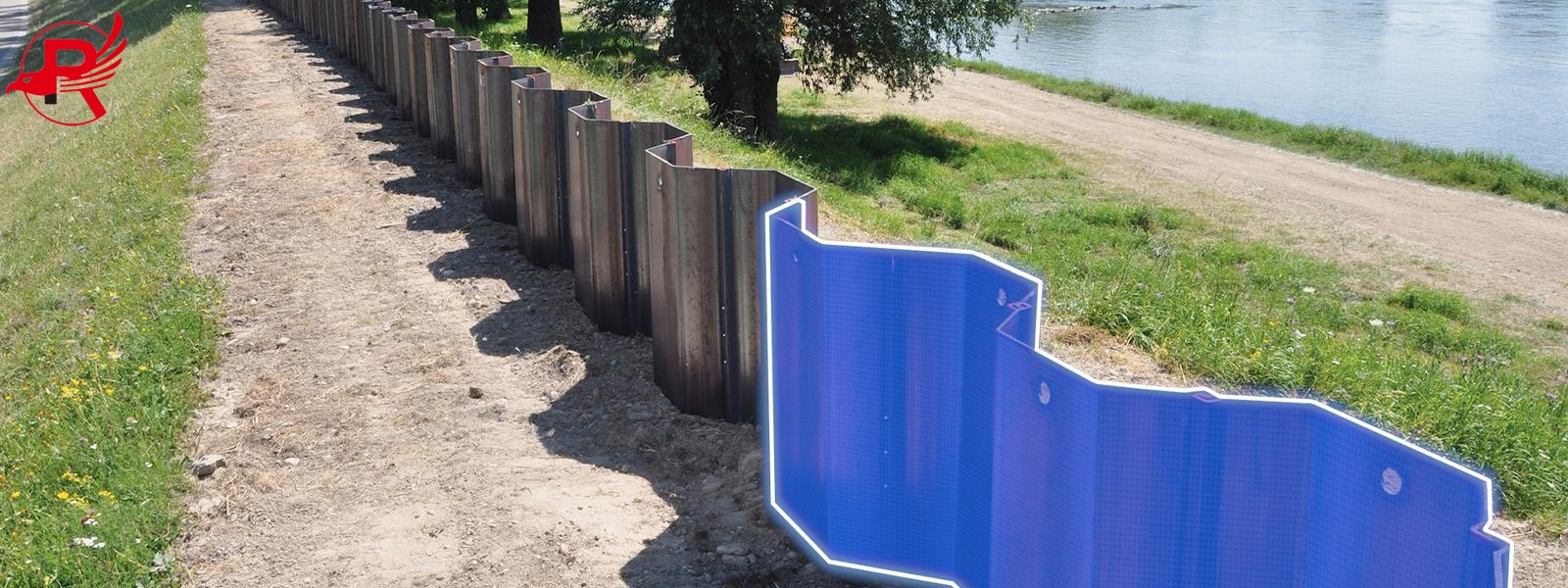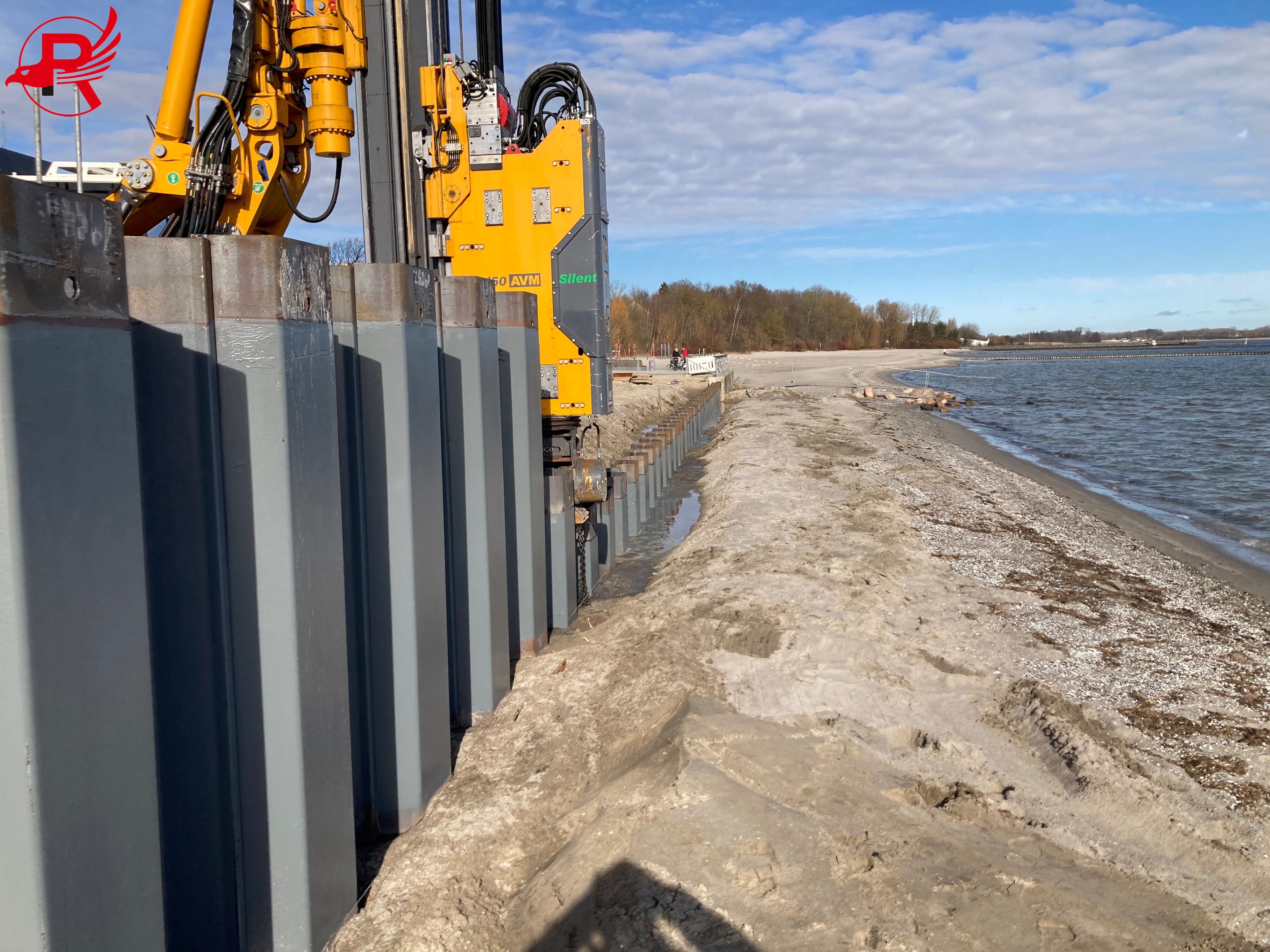As global infrastructure construction accelerates, the construction industry is facing an increasingly heated debate: hot-rolled steel sheet piles versus cold-formed steel sheet piles—which offers better performance and value? This debate is reshaping the practices of engineers, contractors, and governments worldwide in foundation and sheet pile wall design.




Address
Bl20, Shanghecheng, Shuangjie Street, Beichen District, Tianjin, China
Phone
+86 13652091506
Post time: Oct-17-2025
